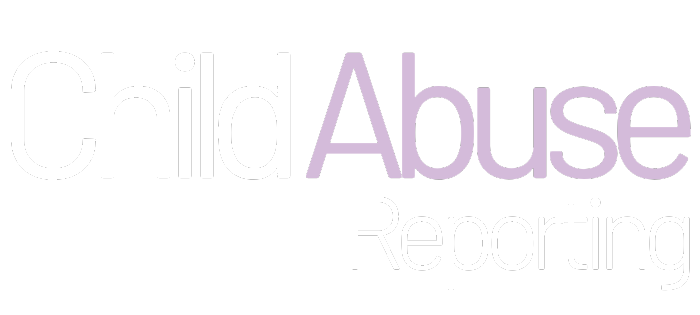Calls from mandated reporters who are expecting and demanding primary prevention can unwittingly divert valuable staff time and expertise from children who really need protection. If mandated reporters are trained to better recognize child abuse and neglect and report more effectively, CPS resources could be used more efficiently and effectively. This section illustrates some of the common misperceptions that result in frustration for mandated reporters and CPS staff.
| Misperception #1: Mandated reporters often think that the role of CPS is to prevent child abuse and neglect BEFORE it happens.
Fact: Under the law, CPS can provide Secondary Prevention, not Primary Prevention. |
Many mandated reporters think that the role of CPS is
primary prevention
, or preventing child abuse and neglect before it happens. However, CPS cannot go to a home to investigate unless there is a reasonable suspicion that child abuse or neglect has already happened (harmed or imminent risk of harm). CPS’s role is secondary prevention: detection of child abuse, and then bringing in support services or other interventions to prevent further abuse or neglect.
You are responsible for primary prevention:
The whole community bears the responsibility for primary prevention. As a mandated reporter, you have a special responsibility to help children and families. This means that you should be familiar with the wide variety of local resources — organizations and agencies —that can help an at-risk family and prevent child abuse and neglect from happening. You also need to have skills and materials that you can use in your work with children and families.
Misperception #2: Many mandated reporters think that a child who has been abused or neglected should be removed from his or her home. |
Fact: CPS can legally remove a child who has been abused or neglected only in very severe situations.
Monroe County CPS has the legal authority to remove a child from the home if the child is in imminent danger — that is, if there is an immediate, serious danger to the child’s life or health, and placement outside of the home is the only way to protect the child.
If CPS does remove a child from his or her home, the CPS worker must take the case to Family Court within two business days. The Family Court judge then decides whether the child should be returned to the home, or if the child should remain in Foster Care, or be placed with other caretakers—and for how long. Even after the child is removed, CPS works to improve the situation for the family so the child can be returned.
In situations in which child abuse has happened, but the child is in no imminent danger, CPS works to provide services and continues to monitor the family over time to prevent further abuse or neglect. CPS staff and Family Court work together to strike a balance between protecting the rights of parents and families and responding to child abuse and neglect.

